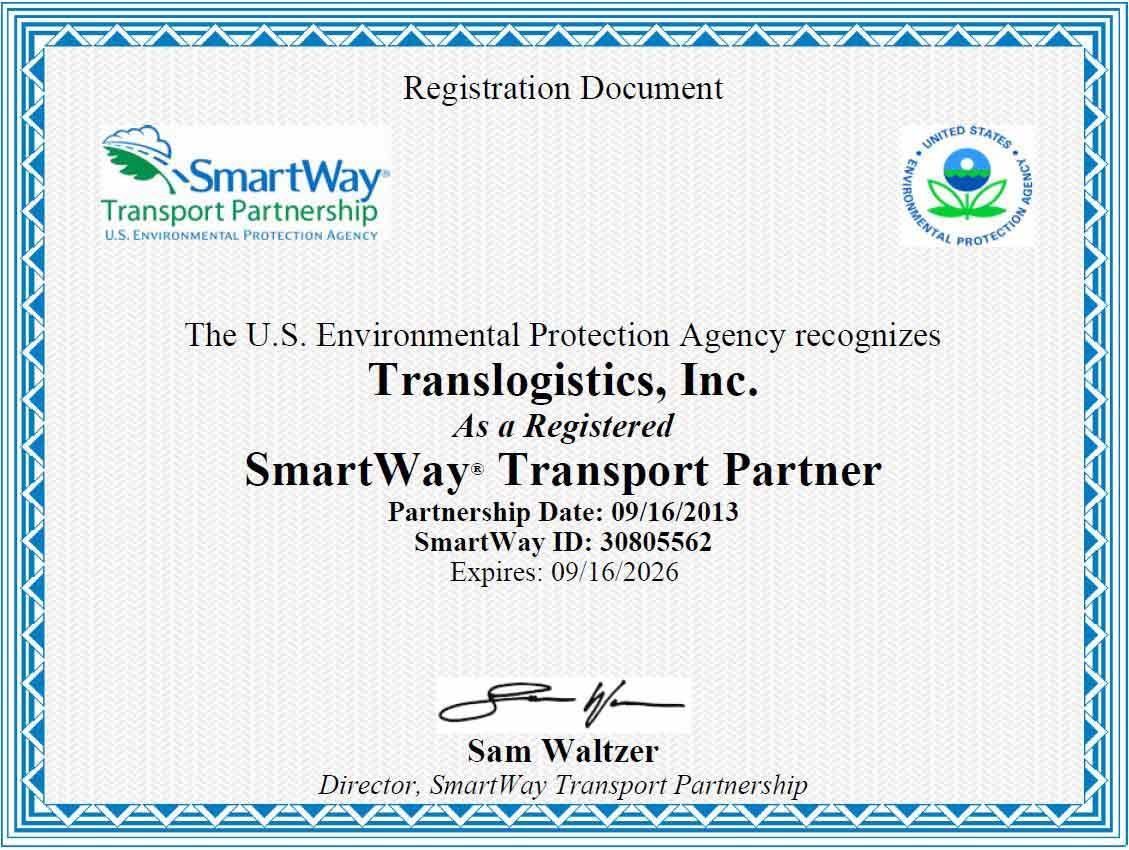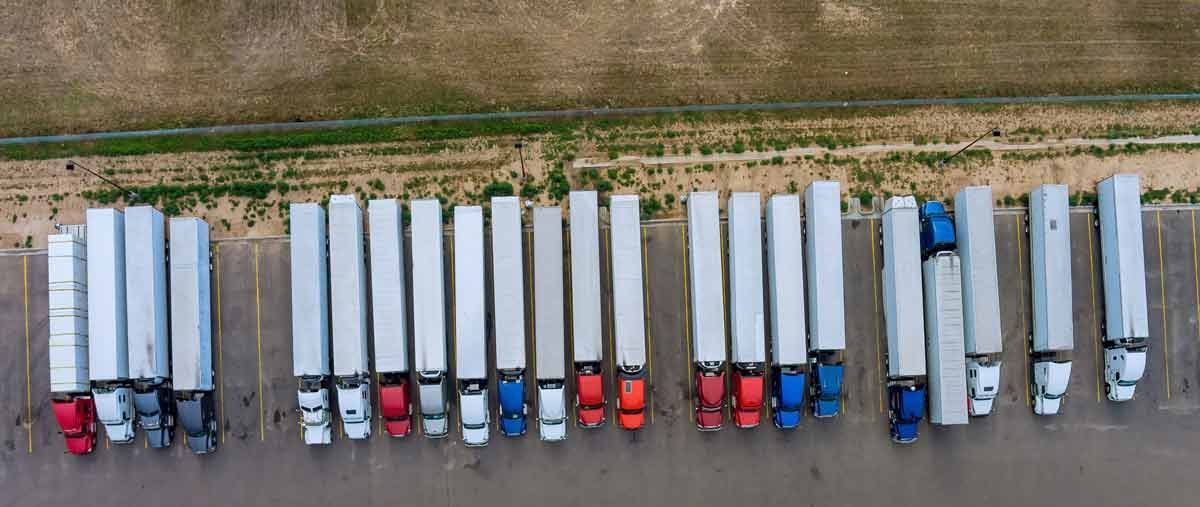Truckload Transportation 101: Answering Your Top Questions
Uncover the ins and outs of truckload transportation 101: equipment types, regulations, and strategies for successful shipments in this comprehensive guide.
Truckload shipping is a common method of transporting large amounts of cargo that require the use of an entire truck. In this mode of transportation, a single shipper contracts a full truckload (FTL) from a carrier or freight company to transport their cargo from one location to another. This method of shipping is ideal for businesses that need to move a large amount of cargo at once, as it offers a number of benefits over other methods of shipping.
One of the primary benefits of truckload shipping is that it is fast and efficient. Because the cargo is the only load on the truck, it can be delivered directly from the origin to the destination without any stops along the way. This can save both time and money compared to less-than-truckload (LTL) shipping, which involves combining multiple smaller shipments into a single truck.
Another advantage of truckload shipping is that it is generally more cost-effective than other methods of transportation, especially for shipments that require a lot of space. This is because the cost of transportation is typically calculated on a per-mile basis, meaning that the cost per unit of cargo decreases as the size of the shipment increases. Additionally, because the cargo is the only load on the truck, there is no need to worry about the costs associated with consolidating multiple smaller shipments.
Truckload shipping is also highly customizable, as carriers can provide a range of equipment types to accommodate different types of cargo. For example, flatbed trailers can be used to transport oversized or irregularly-shaped cargo, while refrigerated trailers can be used to transport perishable goods that require temperature control. This flexibility allows businesses to tailor their shipping options to the specific needs of their cargo.
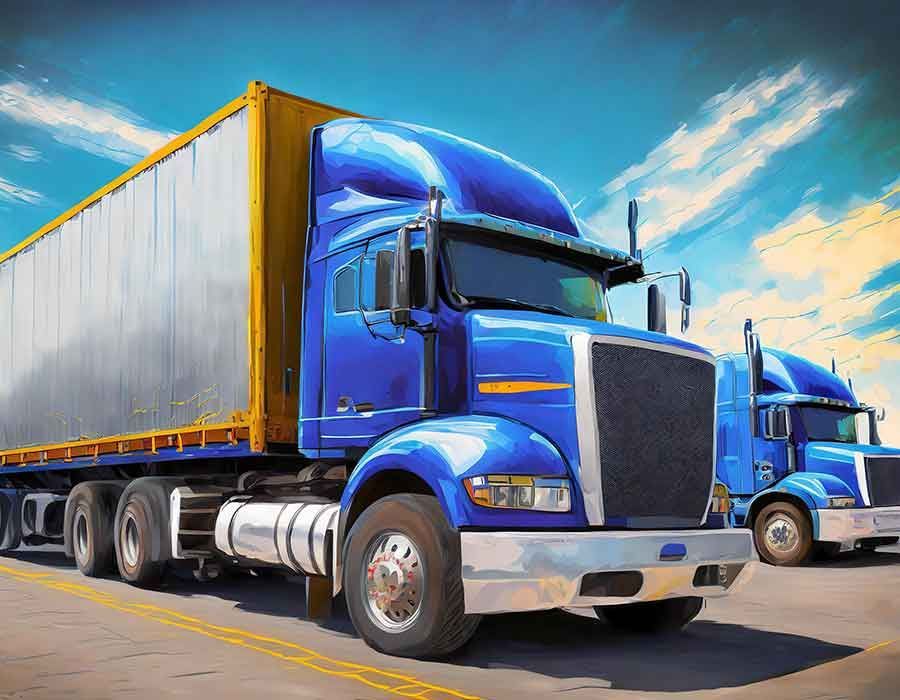
What are the dimensions of a typical Truckload trailer?
The dimensions of a typical truckload trailer can vary depending on the type and configuration of the trailer, as well as the weight and volume of the freight being transported. However, the most common type of truckload trailer in North America is a dry van trailer, which has the following dimensions:
- Length: 53 feet (16.15 meters)
- Width: 8 feet 6 inches (2.6 meters)
- Height: 8 feet 6 inches (2.6 meters)
These dimensions allow a dry van trailer to carry up to 45,000 pounds (20 metric tons) of freight, or up to 26 standard pallets stacked up to a height of 110 inches (2.79 meters). Other types of truckload trailers, such as flatbeds, refrigerated trailers, or specialized trailers, may have different dimensions and weight limits depending on their design and purpose. Refrigerated trailers typically have a lower threshold of maximum weight due to the AC unit.
What is Truckload TL or FTL?
Truckload (TL) or Full Truckload (FTL) is a mode of transportation where a shipment requires the use of a full truck to transport the goods from the origin to the destination. TL or FTL shipments are typically larger in volume and weight and fill the entire capacity of a truck, and are transported directly to the destination without any stops or intermediate handling. TL or FTL shipping is often used for larger shipments that require the exclusive use of a truck, with faster transit times and lower risk of damage compared to other modes of shipping such as less-than-truckload (LTL) or parcel shipping.
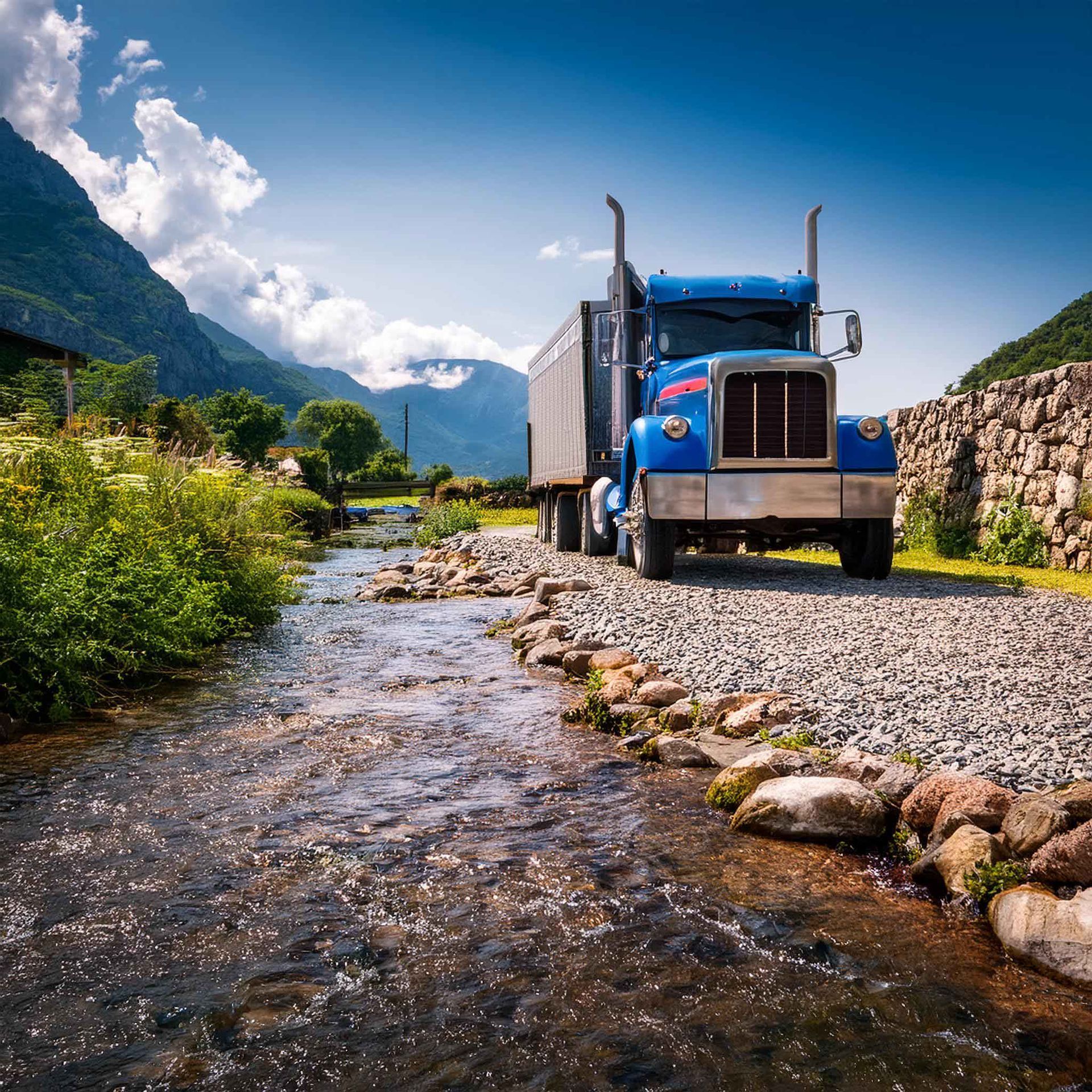
What does Truckload mean in Shipping?
In shipping, Truckload (TL) or Full Truckload (FTL) refers to a mode of transportation where a shipment requires the use of a full truck to transport the goods from the origin to the destination. This means that the shipment is large enough to fill the entire capacity of a truck, which can range from 10,000 to 40,000 pounds or more depending on the weight capacity of the truck. TL or FTL shipping is often used for larger shipments that require the exclusive use of a truck, with faster transit times and lower risk of damage compared to other modes of shipping such as less-than-truckload (LTL) or parcel shipping. In TL or FTL shipping, the shipper pays for the use of the entire truck, regardless of the amount of space used.
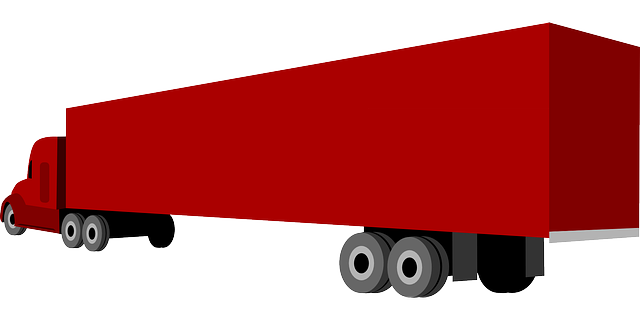
What are the dimensions of a typical Truckload trailer?
The dimensions of a typical truckload trailer can vary depending on the type and configuration of the trailer, as well as the weight and volume of the freight being transported. However, the most common type of truckload trailer in North America is a dry van trailer, which has the following dimensions:
- Length: 53 feet (16.15 meters)
- Width: 8 feet 6 inches (2.6 meters)
- Height: 8 feet 6 inches (2.6 meters)
These dimensions allow a dry van trailer to carry up to 45,000 pounds (20 metric tons) of freight, or up to 26 standard pallets stacked up to a height of 110 inches (2.79 meters). Other types of truckload trailers, such as flatbeds, refrigerated trailers, or specialized trailers, may have different dimensions and weight limits depending on their design and purpose. Refrigerated trailers typically have a lower threshold of maximum weight due to the AC unit.
What is Truckload TL or FTL?
Truckload (TL) or Full Truckload (FTL) is a mode of transportation where a shipment requires the use of a full truck to transport the goods from the origin to the destination. TL or FTL shipments are typically larger in volume and weight and fill the entire capacity of a truck, and are transported directly to the destination without any stops or intermediate handling. TL or FTL shipping is often used for larger shipments that require the exclusive use of a truck, with faster transit times and lower risk of damage compared to other modes of shipping such as less-than-truckload (LTL) or parcel shipping.
What does Truckload mean in Shipping?
In
shipping Truckload (TL) or
Full Truckload (FTL) refers to a mode of transportation where a shipment requires the use of a full truck to transport the goods from the origin to the destination. This means that the shipment is large enough to fill the entire capacity of a truck, which can range from 10,000 to 40,000 pounds or more depending on the weight capacity of the truck. TL or FTL shipping is often used for larger shipments that require the exclusive use of a truck, with faster transit times and lower risk of damage compared to other modes of shipping such as less-than-truckload (LTL) or parcel shipping. In TL or FTL shipping, the shipper pays for the use of the entire truck, regardless of the amount of space used.
What is Truckload vs LTL?
Truckload (TL) and Less-Than-Truckload (LTL) are two different modes of transportation used in shipping and logistics. The main differences between the two are:
1. Shipment size: TL refers to a shipment that fills an entire truck, typically weighing between 10,000 and 44,000 pounds, while LTL refers to a shipment that does not fill an entire truck and is consolidated with other shipments from different customers.
2. Cost: TL shipments are typically priced per mile, while LTL shipments are priced based on weight, distance, and other factors. Because TL shipments require the exclusive use of a truck, they tend to be more expensive than LTL shipments.
3. Transit time: TL shipments typically have faster transit times compared to LTL shipments, since they don't require intermediate stops or handling.
4. Risk of damage: TL shipments have a lower risk of damage compared to LTL shipments, since the freight is not handled as much during transportation.
Overall, FTL is typically used for larger shipments that require the exclusive use of a truck, with faster transit times and lower risk of damage, while LTL is used for smaller shipments that don't require a full truckload and can be consolidated with other shipments to save on cost.
What is the weight of a truckload?
The weight of a truckload can vary depending on the equipment type and size of the truck, as well as the weight limits and regulations in the country or region. However, in general, a truckload typically refers to a shipment that fills an entire truck, with weight ranging from 10,000 to 40,000 pounds (4.5 to 18 metric tons) or more. The exact weight of a truckload can also depend on the weight capacity of the truck, which can vary depending on the type of truck and the weight limits in the region where it is operating.
What is ‘Power only’ trucking?
Power only trucking is a type of transportation service where a trucking company provides the truck and driver, but not the trailer. Instead, the company hauling the freight provides the trailer, which is attached to the truck provided by the power only carrier. The power only carrier is responsible for providing the power unit, including the tractor, fuel, insurance, and driver, while the other company is responsible for loading and unloading the trailer, and providing any necessary permits and licenses.
Power only trucking is often used by companies that need to transport trailers or containers from one location to another without using their own trucks, or when they have a temporary surge in demand for transportation services and need to supplement their own fleet. This type of service can also be useful for companies that need to transport specialized or oversized equipment that requires a specific type of trailer, but do not want to invest in their own power unit.
What are the most popular commodities routed via truckload?
The most popular commodities routed via truckload can vary depending on the region, season, and other factors, but the four most transported commodities via truckload in the United States include:
1. Consumer goods: This includes items such as clothing, electronics, household goods, and other products that are shipped from manufacturers or warehouses to retailers or distribution centers.
2. Food and beverages: This include fresh and frozen products, such as meat, dairy, produce, and packaged goods, which are transported from farms, processing plants, or distribution centers to grocery stores, restaurants, and other retailers.
3. Building materials: This includes products such as lumber, steel, roofing, drywall, and other materials used in construction, which are transported from manufacturers or suppliers to construction sites or warehouses.
4. Industrial goods: This includes items such as machinery, equipment, chemicals, and other products used in manufacturing or other industries, which are transported from factories or
Again, the most popular commodities transported via truckload can vary depending on the region, season, and other factors, but these are some of the most transported commodities via truckload in the United States.
What are different types of truck loads?
There are various types of truckload equipment types that are used for different types of cargo and transportation needs. Here are three popular types of truckload equipment types:
1. Dry van: Dry van trailers are the most common type of trailer used in truckload transportation. They are fully enclosed and provide protection against weather, theft, and damage. Dry van trailers are often used for transporting consumer goods, food and beverage products, and other non-perishable items.
2. Flatbed: Flatbed trailers have an open platform with no sides or roof, making them ideal for transporting oversized and irregularly-shaped cargo, such as building materials, heavy equipment, and machinery. Flatbed trailers can also be used for transporting pallets of goods that cannot be easily loaded onto a dry van trailer.
3. Refrigerated: Refrigerated or reefer trailers are used for transporting temperature-sensitive products, such as fresh and frozen food and beverages, pharmaceuticals, and other perishable items. These trailers are equipped with a cooling system that can maintain a specific temperature range during transit.
These are just a few examples of the different types of truckload equipment types that are available for transporting different types of cargo and meeting different transportation needs.
There are also a few potential drawbacks to truckload shipping that should be considered. One is that it may not be cost-effective for smaller shipments, as the cost of a full truckload may be more than the value of the cargo being shipped. Additionally, truckload shipping may not be as flexible as LTL shipping, as the shipper is responsible for the full cost of the truck regardless of how much cargo is being transported.
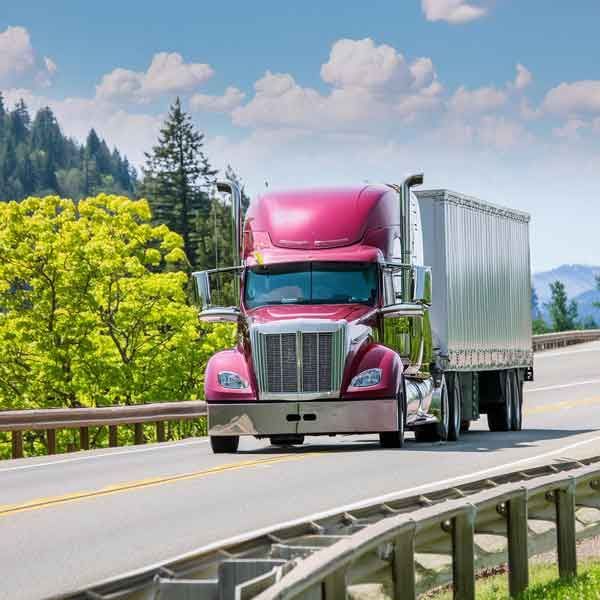
What is a Truckload Broker?
A truckload broker is a professional or company that acts as a middleman between shippers who need to transport large quantities of goods and carriers who have the trucks to move those goods. Their primary responsibility is to connect shippers with trucking companies that have available capacity for full truckload (FTL) shipments, where the entire truck is dedicated to a single shipper's cargo.
The truckload broker negotiates rates, arranges the logistics, and ensures that the shipment is picked up and delivered on time. They also handle any issues that might arise during transit, providing a crucial service in managing the complexities of freight transportation. By leveraging their network of FTL carriers, truckload brokers help shippers find the best carriers at competitive rates, ensuring efficient and cost-effective delivery of goods.
What is a Freight Broker?
A freight broker is a professional or company that connects shippers needing to move goods with carriers that have the trucks to transport them. Acting as an intermediary, the broker's primary role is to match the shipping needs of clients with the available capacity of trucking companies. They negotiate rates, manage the logistics of the shipment, and ensure everything runs smoothly. Freight brokers typically handle full truckload (FTL) shipments, where the entire truck is dedicated to one shipper's cargo. By finding the best carriers at competitive prices, freight brokers help ensure timely delivery and handle any issues that may arise during transit.

What is Translogistics Known for Concerning Full Truckload Freight?
Translogistics (TLI), founded in 1994, is a leading freight brokerage company, renowned for its extensive experience, industry recognition, and unwavering commitment to excellence. With over 450 shippers relying on their services, TLI has earned a reputation for reliability and effectiveness. Their recognition as one of the fastest-growing businesses in Reading, PA, in 2022 further highlights their success and industry standing.
What truly distinguishes TLI is their team, known for three core strengths: operational expertise, unwavering values and ethics, and advanced technological capabilities. In a market often marked by challenges, TLI’s dedication to ethical practices ensures that shippers receive honest, transparent service. With over 30 years in business, they have proven to be recession-proof, consistently navigating complex logistics with ease and ensuring shipments are handled efficiently and effectively.
Additionally, TLI’s technological edge sets them apart. They offer custom software TMS development, providing tailored solutions that enhance supply chain management and streamline operations. This unique blend of ethics, expertise, and technology makes Translogistics the premier choice for shippers seeking a reliable, innovative, and trustworthy freight brokerage partner.
Who typically routes FTL loads?
Manufacturing and distribution companies are at the forefront, and we proudly serve clients moving a wide array of goods, including electronics, pharmaceuticals, medical devices, machinery, heavy equipment, plastics, resins, hardware, and various commodities. These companies rely on FTL shipping to manage their freight distribution, maintain inventory levels, and source raw materials efficiently. Any delay can halt a production line, so we treat every shipment with the urgency and respect it deserves.
Truckload shipping is essential for manufacturing companies because it provides a reliable and cost-effective way to transport large volumes of raw materials and finished products. For manufacturers, keeping the supply chain running smoothly is crucial to meet customer demand and avoid production downtime. FTL shipping allows manufacturers to move bulk shipments directly from suppliers to production facilities or from factories to distribution centers and retailers. By utilizing full truckloads, they can minimize handling, reduce transportation costs, and ensure goods arrive on time and in perfect condition. This efficiency is key to maintaining inventory levels, optimizing production cycles, and accelerating time-to-market.
For distribution companies, truckload shipping is equally vital. It facilitates the efficient transfer of large quantities of goods from warehouses to retail locations, customers, or other distribution hubs. By consolidating shipments into full truckloads, these companies can reduce the number of line haul trips, lower transportation expenses, and minimize the risk of damage hitting OS&D during transit. FTL shipping is essential for meeting tight delivery schedules, maintaining consistent inventory across multiple locations, and ensuring products are readily available to satisfy consumer demand. Raw material delays for a manufacturing company could, for example, make production stop entirely. There is great urgency behind sourcing truckload carrier capacity. It plays a critical role in optimizing supply chain operations and ensuring smooth, timely deliveries.
In conclusion, truckload shipping is a popular method of transporting large amounts of cargo that offers a range of benefits over other shipping methods. With fast and efficient delivery, cost-effectiveness, and flexibility, it is a viable option for businesses looking to move a lot of cargo at once. However, it is important to consider the potential drawbacks and evaluate whether it is
the best option for each specific shipment.
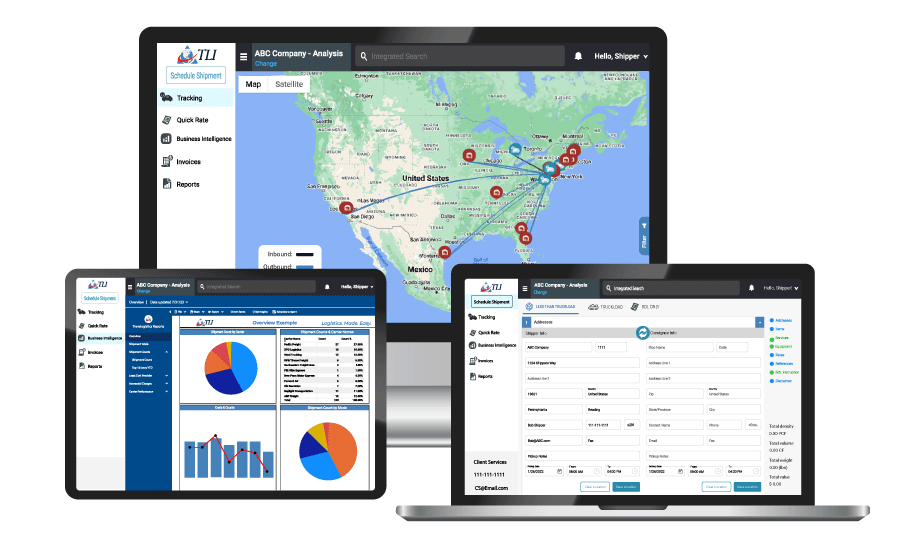
If routing a great deal of truckload volume you should consider partnering with Translogistics' freight brokerage team.
TLI Insights
Get the latest logistics insights and tips from TLI's award-winning team. Stay ahead in transportation planning.
Questions? Email us at marketing@shiptli.com


